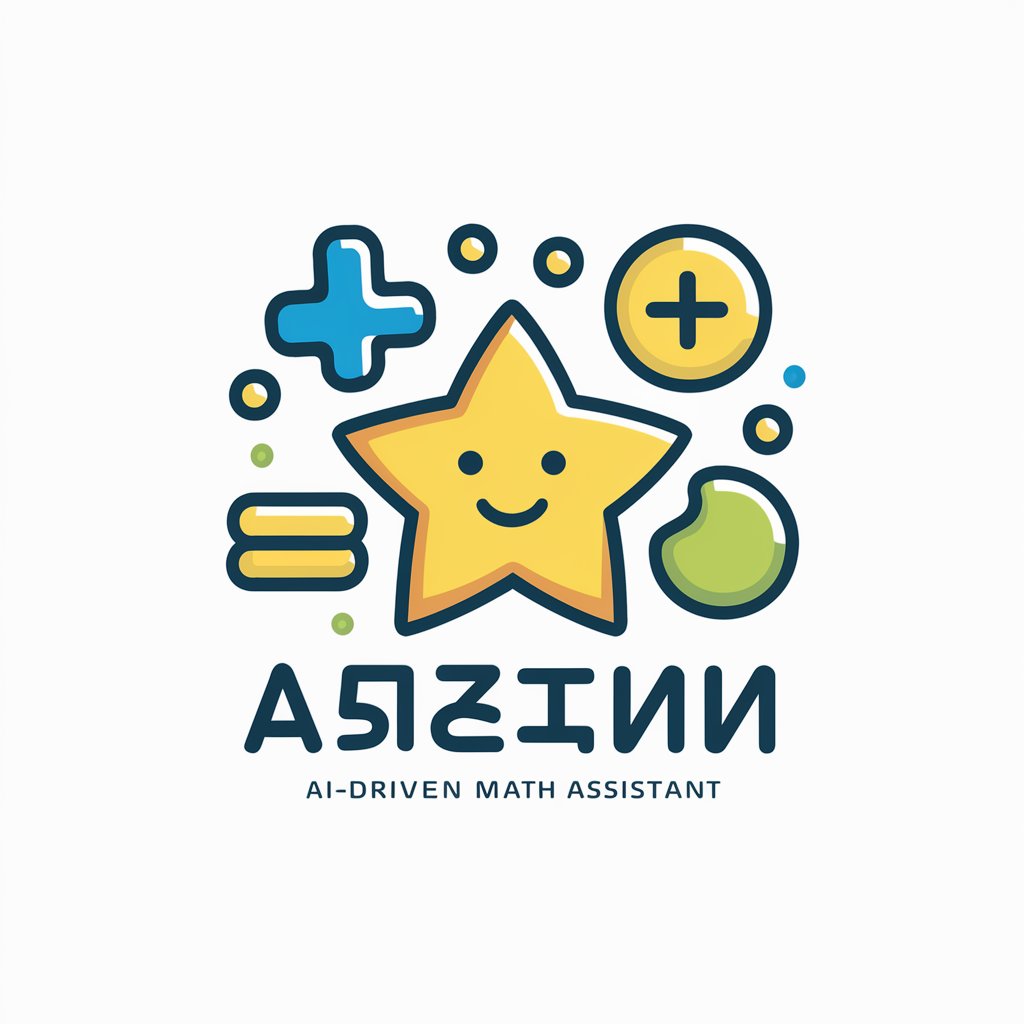Azure Data Engineer - AI-powered Data Engineering

Hey there! Ready to dive into some data engineering? 🚀
Harness AI for smarter data engineering.
Can you help me with a T-SQL query to...
How do I set up an Azure Data Factory pipeline for...
What's the best way to optimize a Snowflake warehouse for...
Could you explain how to use Spark with Databricks to...
Get Embed Code
Overview of Azure Data Engineer
Azure Data Engineer refers to a role focused on implementing and managing the data and data infrastructure components on the Azure platform. This includes tasks such as data ingestion, storage, management, and processing within various Azure services like Azure Data Factory, Azure Synapse Analytics, Azure Databricks, and Azure SQL Database. A key objective is to ensure data is accessible, secure, and efficiently managed to support analytics and decision-making processes. For example, using Azure Data Factory to automate the movement and transformation of data from various sources into a centralized data warehouse. Powered by ChatGPT-4o。

Core Functions of Azure Data Engineer
Data Storage and Management
Example
Implementing scalable solutions using Azure Blob Storage and Data Lake for storing massive datasets.
Scenario
A healthcare company needs to securely store patient data across various formats and structures, requiring flexible, scalable storage and easy integration with analytics tools.
Data Integration and Transformation
Example
Creating data pipelines in Azure Data Factory to integrate and transform data from multiple sources.
Scenario
A retail business gathers data from sales, customer feedback, and supply chain systems, necessitating efficient pipelines that can preprocess and consolidate data for analytical reports.
Big Data Processing
Example
Leveraging Azure Databricks for big data analytics and machine learning to derive insights from large volumes of data.
Scenario
An online retailer uses machine learning models on customer data to predict buying patterns and recommend products in real-time, requiring robust big data processing capabilities.
Real-time Data Processing
Example
Using Azure Stream Analytics for real-time analytics on data streamed from IoT devices.
Scenario
A manufacturing firm monitors equipment health through sensors. Real-time data processing allows for immediate alerts and automated responses to potential failures or maintenance needs.
Security and Compliance
Example
Configuring Azure security features like Advanced Data Security and role-based access controls to ensure data protection and compliance with regulations.
Scenario
A financial services provider needs to comply with GDPR and other regulations, requiring stringent data security measures and audit capabilities.
Ideal Users of Azure Data Engineering Services
Data Scientists and Analysts
These professionals benefit from the robust analytics capabilities and integration with tools like Azure Machine Learning, enabling sophisticated data modeling and predictive analytics.
IT and Cloud Engineers
These users leverage Azure Data Engineering to implement, manage, and optimize cloud data solutions, ensuring scalability, performance, and cost-efficiency.
Business Intelligence Professionals
They use Azure services to transform raw data into actionable insights through dashboards and reports, directly impacting strategic business decisions.
Data Governance and Compliance Officers
These users rely on Azure to implement and monitor data governance practices and ensure compliance with various regulations.

Steps for Using Azure Data Engineer
Start with a free trial
Visit yeschat.ai to begin using Azure Data Engineer without the need for a login or a subscription to ChatGPT Plus.
Familiarize with the platform
Explore the user interface and available tools. Understand how to access various features like data pipelines, integration services, and analytical tools.
Setup your data sources
Connect your data sources to Azure Data Engineer. This could include cloud storage, SQL databases, or real-time data streams.
Design and deploy data pipelines
Use the visual designer or write custom code to create data pipelines for data extraction, transformation, and loading (ETL) processes.
Monitor and optimize
Regularly check the performance of your data pipelines and use Azure’s monitoring tools to optimize data flows and resource usage.
Try other advanced and practical GPTs
Azure DevOps Companion
Empower your DevOps with AI

Asistent Limba Romana (ALR)
AI-Powered Romanian Language Assistant

WHISKY MASTER ITZU
Explore Whisky, Empowered by AI

TurtlGPT
Empowering sustainable choices with AI

数学星辰
AI-driven math learning support

Weibo小助手 v1.5
Enhance Your Weibo Experience with AI

Azure CLI Master
Empowering Azure management with AI

Emotion Identifier Pro
Uncover emotions in text with AI

Texthelper
Empowering Communication with AI

Browse For Me | 你的每日AI探索神器
Explore, Understand, Engage.

Code Master (v2.0)
Power your coding with AI

Bullet Point GPT
Streamline Information with AI-Powered Bullet Points

Detailed Q&A about Azure Data Engineer
What types of data sources can Azure Data Engineer integrate?
Azure Data Engineer can integrate with a wide range of data sources including cloud databases, on-premises databases, flat files, and real-time data streams.
How does Azure Data Engineer handle data security?
It employs Azure’s robust security framework, including encryption of data in transit and at rest, role-based access control, and compliance with international security standards.
Can Azure Data Engineer be used for real-time data processing?
Yes, it supports real-time data processing using tools like Azure Stream Analytics to analyze and process data as it arrives.
What is the role of AI in Azure Data Engineer?
AI is utilized for predictive analytics, data quality management, and process automation, enhancing the efficiency and accuracy of data operations.
Is there any support for machine learning within Azure Data Engineer?
Yes, it integrates with Azure Machine Learning for building, training, and deploying machine learning models directly within your data pipelines.
